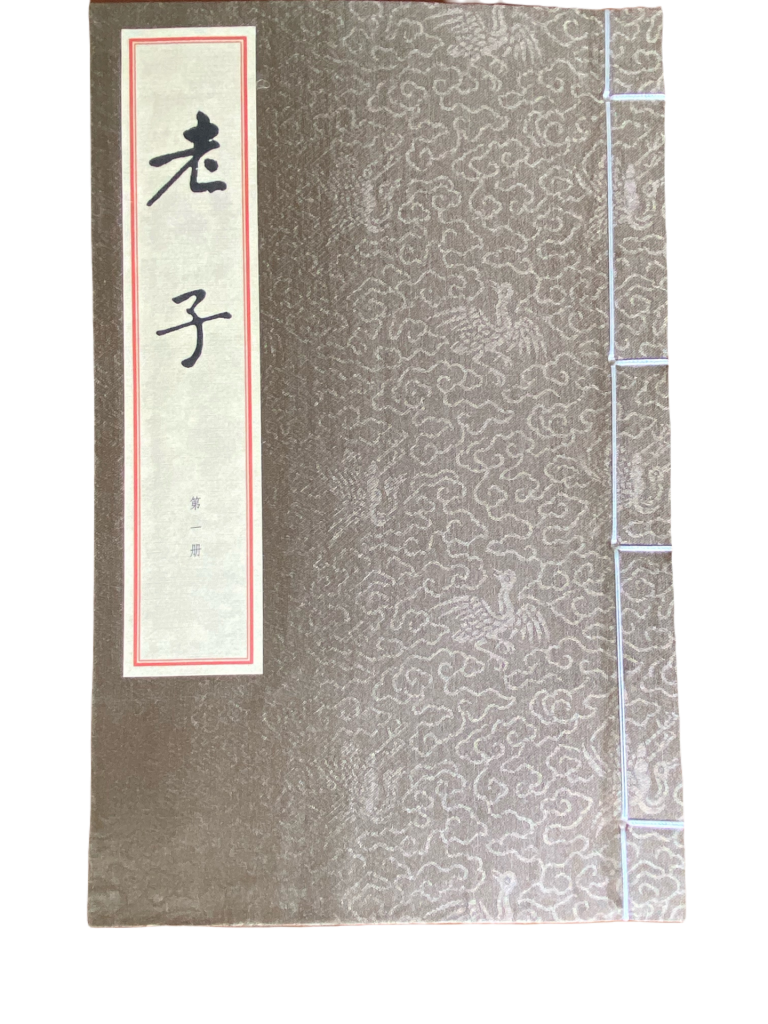About Tao Te Ching

Lao Tzu and Tao Te Ching
The Tao Te Ching stands as a fountain of wisdom, enduring through millennia as one of humanity’s most profound philosophical treatises. Attributed to the enigmatic Lao Tzu, a foundational figure in Taoism, this ancient text emerged during China’s Warring States period, possibly as far back as 2500 years ago.
Composed of 81 poetic verses, the Tao Te Ching is divided into two parts. The first delves into the enigmatic concept of the Tao, the fundamental principle or “Way” that underlies the universe. Part two explores Te, the virtue that allows one to live in harmony with the Way. Notably, some editions present these sections in reverse order, highlighting the interconnectedness of these concepts.
The very title of the work, with its first two characters forming “Tao Te” and the third meaning “scripture,” offers a succinct yet profound clue. It can be interpreted as “A Scripture of the Way and Virtue,” inviting us to explore the essence of aligning ourselves with the natural order of the cosmos.
The Religious Question of the Tao Te Ching
A lingering question surrounds the Tao Te Ching: is it a religious text? The answer is nuanced. Composed well before the emergence of Taoism as a formalized religion (Eastern Han Dynasty, 25-220 AD), the Tao Te Ching likely wasn’t intended as a foundational scripture. Lao Tzu wouldn’t have foreseen his work becoming a cornerstone of a religious tradition.
However, the text transcends religious categorization. Many readers approach it philosophically, finding wisdom in its exploration of the Tao (the Way) and Te (Virtue). This perspective resonates within Daojia (the philosophical school), while those viewing it as a religious text identify as Daojiao (religious followers). Both are encompassed by the Western term “Taoism.”
Interestingly, the Tao Te Ching even facilitated the spread of Buddhism in China. Its familiar concepts served as a bridge for understanding Buddhist ideas. This accessibility further broadened the book’s reach, making it a valuable text for Chinese Buddhists as well.
Timeless and universal, the Tao Te Ching has transcended historical and cultural boundaries. Its insights on cosmology, self-development, leadership, and more resonate with readers worldwide since its introduction in the West during the late 19th century.
Beyond the Surface
To unlock the book’s true depth, delve beyond the literal interpretations. Seek the unifying principles that connect its various teachings and integrate them into your life.
The text’s cryptic nature is undeniable. Don’t be discouraged by difficulty in comprehension. You are not alone. Absorbing what resonates and allowing the wisdom to enrich your life is a valuable journey in itself.
